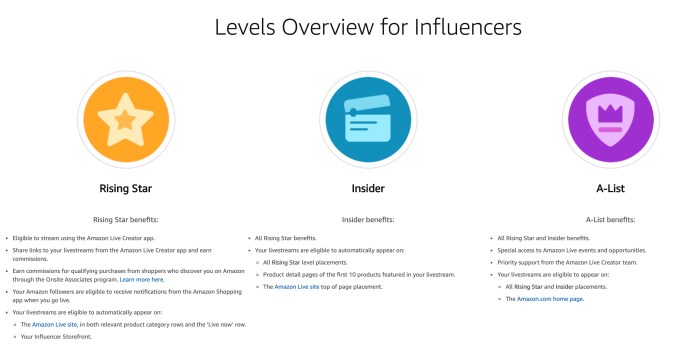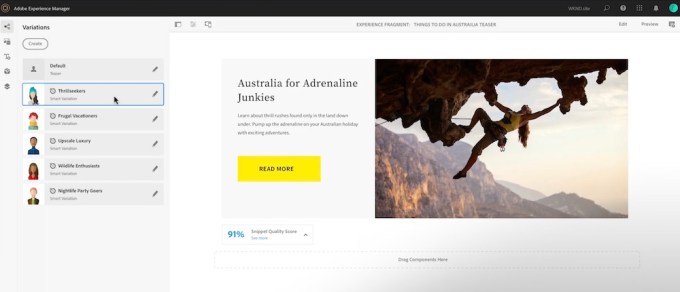One of the upsides of this job is that you get to see everything going on out there in the startup world. One of the downsides of this job is seeing just how many ideas out there aren’t all that original.
Every week in my inbox, there is another no-code startup. Another fintech play for payments and credit cards and personal finance. Another remote work or online events startup. Another cannabis startup, another cryptocurrency, another analytics tool for some other function in the workplace (janitor productivity as a service!)
It honestly feels at times like we are stuck: it’s the same rehashes of old software, but theoretically “better” (yes it is a note-taking app, but it runs on Kubernetes!). In fact, that feeling of repetitiveness and the glacial pace of true innovation isn’t just in my head or maybe yours: it’s also been identified by scientists and researchers and remains a key area of debate in the economics of innovation field.
Of course, there are a bunch of new horizons out there. Synthetic biology and personalized medicine. Satellites and spacetech. Cryptocurrencies and finance. Autonomous vehicles and urbantech. Open semiconductor platforms and the future of silicon. In fact, there are so many open vistas that it surprises me that every entrepreneur and investor isn’t running to claim these new territories ripe for creativity and ultimately, profit.
It’s a quandary at least until you begin to understand the entrance requirements for these frontier fields.
We’ve gone through the generation of startups you can do as a dropout from high school or college, hacking a social network out of PHP scripts or assembling a computer out of parts at a local homebrew club. We’ve also gone through the startups that required a PhD in electrical engineering, or biology, or any of the other science and engineering fields that are the wellspring for innovation.
Now, we are approaching a new barrier — ideas that require not just extreme depth in one field, but depth in two or sometimes even more fields simultaneously.
Take synethtic biology and the future of pharmaceuticals. There is a popular and now well-funded thesis on crossing machine learning and biology/medicine together to create the next generation of pharma and clinical treatment. The datasets are there, the patients are ready to buy, and the old ways of discovering new candidates to treat diseases look positively ancient against a more deliberate and automated approach afforded by modern algorithms.
Moving the needle even slightly here though requires enormous knowledge of two very hard and disparate fields. AI and bio are domains that get extremely complex extremely fast, and also where researchers and founders quickly reach the frontiers of knowledge. These aren’t “solved” fields by any stretch of the imagination, and it isn’t uncommon to quickly reach a “No one really knows” answer to a question.
It’s what you might call the dual PhD problem of today’s startups. To be clear, this isn’t about credentials — it’s not about the sheepskin at the end of the grad program. It’s about the knowledge represented by that diploma and how you need two whole rounds of it in order to synthesize the next generation of solutions.
Now, before you start yelling, let’s talk about teams. There is a reasonable argument that teams with the right specializations can come together and solve these problems. You don’t need a single founder with experience in bio and AI or cryptography and economics or computer vision and mobility hardware — you just need to bring the right talents together in the room to make innovation happen.
There is certainty truth in that, and indeed, that’s the impetus for many of the companies we are seeing today in these fields.
But that also feels like precisely the block today for pushing innovation even farther forward. Today’s startups have a biologist talking about wet labs on one side and an AI specialist waxing on about GPT-3 on the other, or a cryptography expert negotiating their point of view with a securities attorney. There is constant and serious translation required between these domains, translation that (I would argue mostly) prevents the fusion these fields need in order for new startups to be built.
Perhaps there is no greater and more obvious example of these domain requirements than the response to COVID-19. Epidemiology and public health are quite possibly the two most difficult fields out there in terms of the number of specializations required simultaneously to do them well. You need to know medicine and human physiology to understand the etiology of diseases, have the social science background to understand how humans interact individually and in groups, understand the economic and public policy implications of different prophylactics to comprehend the trade-offs involved, and finally, master the statistical training to read, understand, and build correct data models.
All this, and all at the same time. Is it any wonder that so little consensus emerges when so few people have all the requisite skills in their head?
The reason that teams run into resistance is that each specialist needs to understand the constraints that all the other specialties have, while also having enough nuance to understand what is really a barrier and what is perhaps a rule that can be broken. You can’t have a non-technical PM manage an AI product (“Can’t we just use TensorFlow for that?”) anymore than you can have these companies built by incompatible experts, always trying to explain to the other why an idea isn’t fathomable.
We aren’t used to this sort of cognitive challenge. Software is so democratized today, we forget just how blisteringly difficult almost all other facets of human endeavor are to even start. A middle schooler can build and deploy a web service scalable to millions of people with some lines of code (learned from easily and widely accessible resources on the internet) and some basic cloud infrastructure tools that are designed to onboard new users expeditiously.
Try that with rocketry. Or with pharma. Or with autonomous vehicles. Or any of the interesting new frontiers with green fields that are just sitting there waiting for the taking.
So to propel the progress of the world further, we need to fuse more fields together and compress the requisite knowledge faster and earlier for more people. We can’t wait until 25 years of school is complete and people graduate haggard at 40 before they can take a shot at some of these fascinating intersections. We need to build slipstreams to these lacuna where innovation hasn’t yet reached.
Otherwise, we are going to see the same pattern in the future that we see today: the thirtieth app for X with no barrier to entry whatsoever. That’s not where progress comes.
from TechCrunch https://ift.tt/39iX1fu
via IFTTT


